Harnessing the Power of Saar Development: Insights and Strategies
Understanding Saar Development Paradigms
Software as a Resource (Saar) development represents a novel paradigm that shifts the approach to software creation and utilization. Unlike traditional software development methodologies, which often emphasize static, monolithic designs, Saar promotes a dynamic and modular framework. This paradigm allows businesses to leverage software components as interchangeable resources, fostering greater adaptability and efficiency in a fast-paced technological landscape.
The fundamental principle of Saar development lies in its resource-oriented approach. Organizations can treat software not merely as a set of tools for specific tasks but as a versatile asset that can be tailored to evolve with changing needs. This flexibility contrasts sharply with conventional systems that often require extensive rewrites or adaptations to meet new demands.
One of the significant benefits of Saar development is its capability for resource optimization. By focusing on component-based design, businesses can reuse existing software assets and integrate new functionalities seamlessly. This leads to faster deployment times and reduced costs associated with software development and maintenance. Numerous case studies illustrate this effectiveness; for example, companies that have adopted the Saar model have reported significant reductions in time-to-market for new products and features.
Additionally, the Saar framework enhances collaboration among development teams. It promotes a shared understanding of software resources, making it easier for teams to work together on projects. To excel in the Saar landscape, developers must cultivate a mindset of continuous learning and adaptability. Skills in modular programming, API integration, and cloud computing are particularly valuable as they align with the principles of Saar development.
In conclusion, embracing Saar development paradigms offers numerous advantages for both developers and businesses, positioning them for success in an increasingly competitive digital world. By understanding the key principles and necessary skillsets, stakeholders can effectively navigate this evolving landscape.
Strategies for Successful Saar Implementation
Implementing Software as a Revenue (Saar) strategies within an organization necessitates a structured approach to ensure effectiveness. One vital consideration is the selection of appropriate tools that align with the organization’s long-term goals. Identifying platforms that not only meet current needs but also offer scalability will play a crucial role in the successful rollout of Saar. Organizations should prioritize tools that facilitate integration with existing systems to avoid disruption and promote cohesiveness within operations.
Fostering a culture of innovation is another key element. Encouraging teams to experiment and adopt novel ideas facilitates a more agile environment that can rapidly respond to changes in market demands. Leaders should champion initiatives that promote knowledge sharing and collaboration among employees, enhancing team dynamics and driving creative problem-solving strategies. Regular training sessions on the latest trends and tools associated with Saar development will empower teams, keeping them informed and engaged.
Furthermore, organizations must address potential challenges such as data management and security concerns. Implementing robust data governance frameworks ensures that sensitive information is handled adequately while maintaining compliance with regulatory standards. Collaboration between teams in managing data will enhance the overall efficiency of the Saar approach, ensuring that stakeholders from various departments can work seamlessly together.
As the technology landscape evolves, organizations should remain vigilant of emerging trends in Saar development. This includes following advancements in artificial intelligence, machine learning, and automation that can further enhance Saar capabilities. By embracing adaptability and flexibility, organizations will be better prepared for any shifts in technology that could impact their operations. Being proactive rather than reactive will maintain competitiveness in an increasingly dynamic market.




